Hand-eye Coordination Letter Recognition Worksheets for Ages 4-9
10 filtered results
-
From - To
Enhance your child’s learning experience with our Hand-eye Coordination Letter Recognition Worksheets, designed specifically for ages 4-9. These engaging worksheets promote essential skills, helping children improve their letter recognition while developing hand-eye coordination. They offer fun activities that encourage thinking and creativity, turning learning into an enjoyable adventure. With colorful designs and age-appropriate exercises, children will eagerly practice identifying letters, tracing, and coloring, reinforcing their understanding in a playful way. Perfect for both classroom and home use, these worksheets help prepare young learners for reading success. Explore our collection today and watch your child thrive in their alphabet journey!
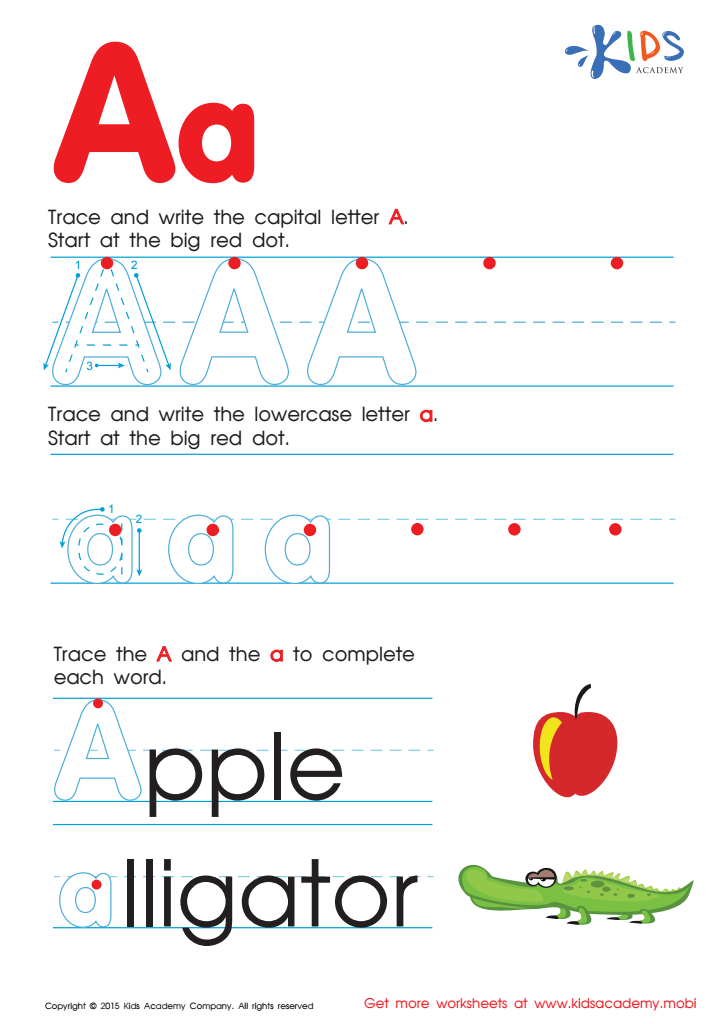

Letter A Tracing Page
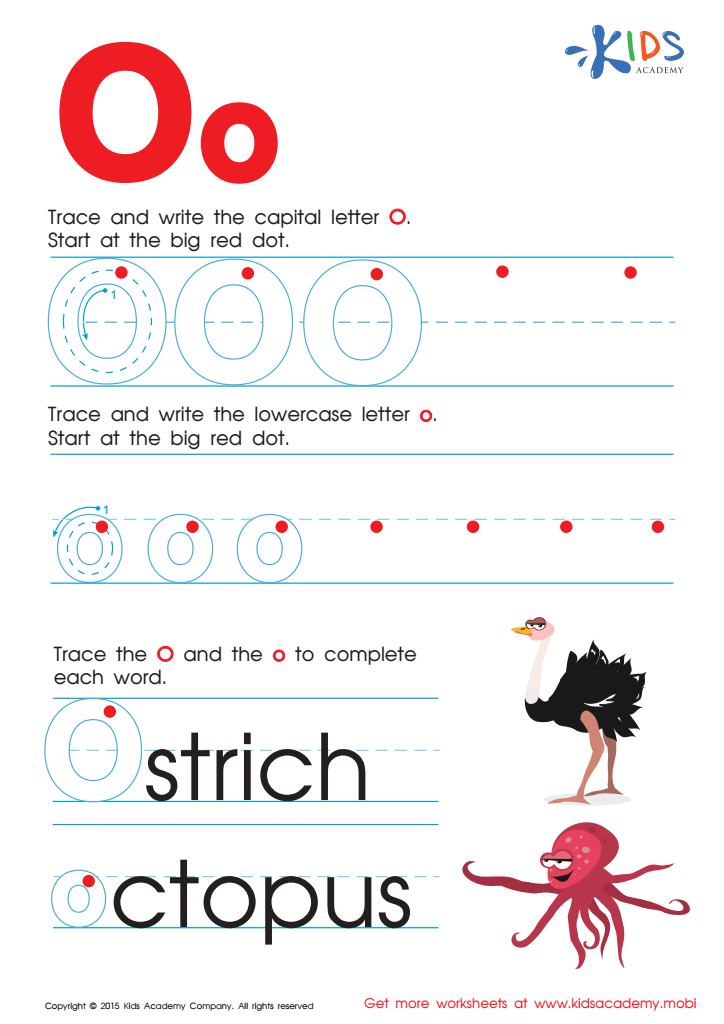

Letter O Tracing Page
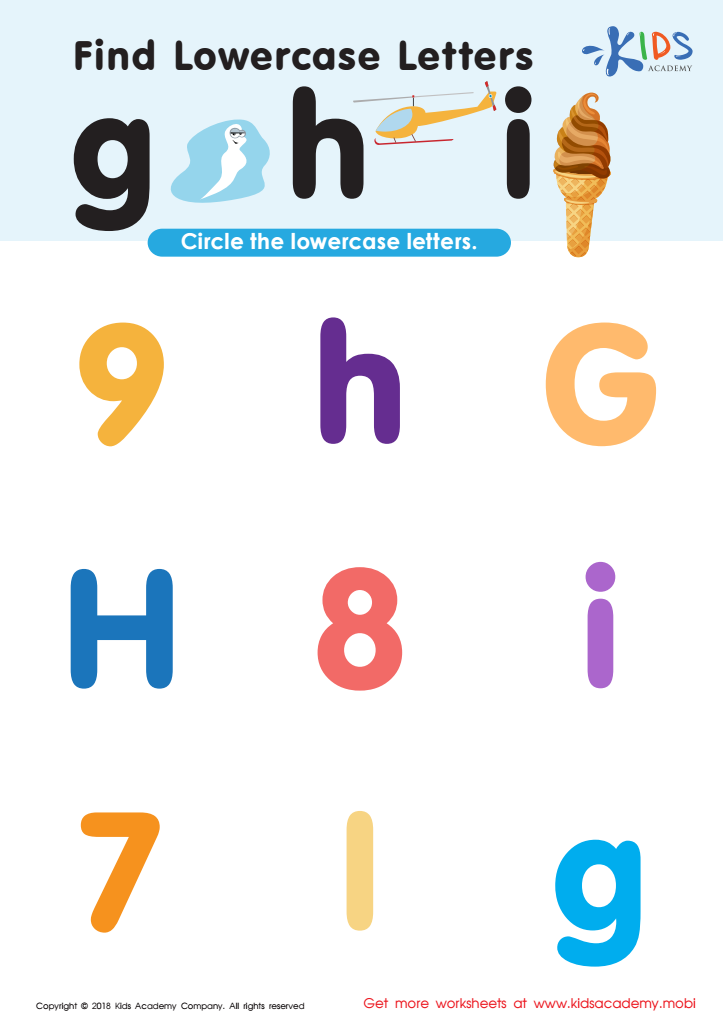

Find Lowercase Letters g h i Worksheet


Letter P Tracing Page


Letter T Coloring Sheet


Letter H Tracing Page
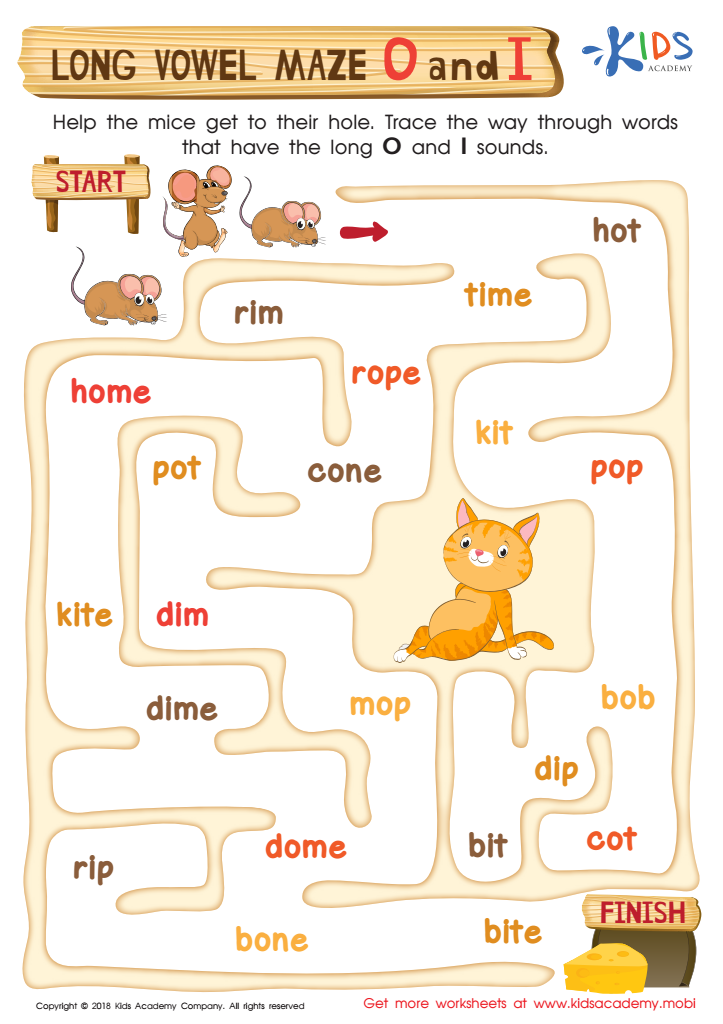

Long Vowel Maze /o/ and /i/ Worksheet
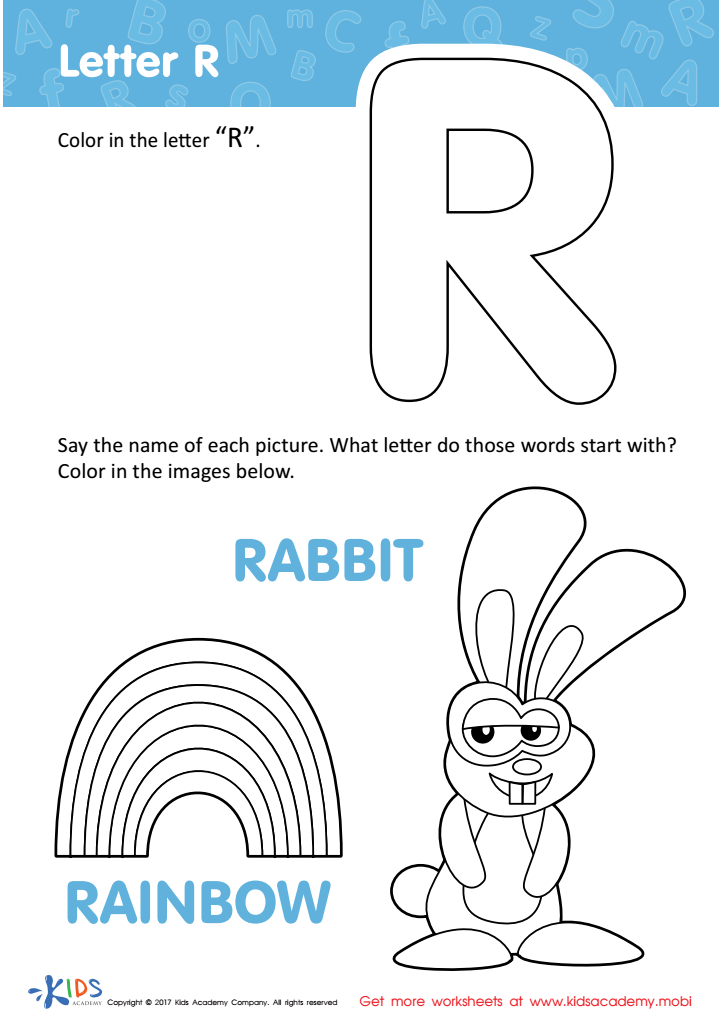

Letter R Coloring Sheet
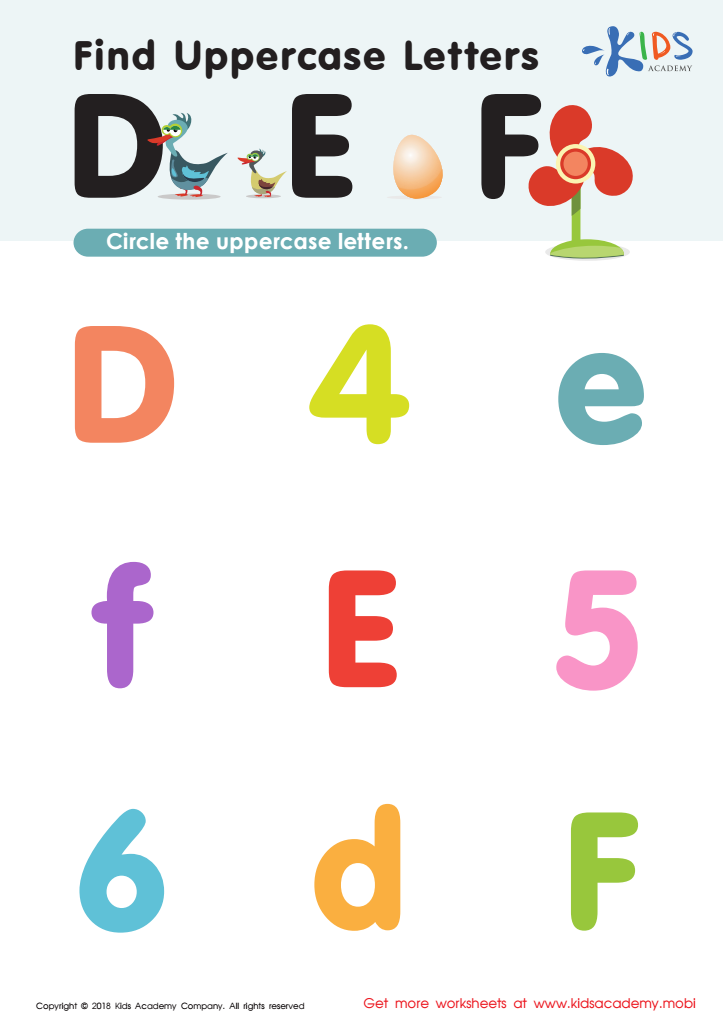

Find Uppercase Letters D, E, and F Worksheet


Letter D Tracing Page
Hand-eye coordination and letter recognition are critical skills for children ages 4-9 as they form the cornerstone of literacy and academic success. As children learn to read and write, these two areas are intrinsically connected. Hand-eye coordination enables children to effectively track letters, words, and sentences on paper. When children have strong coordination skills, they can better focus on written content, leading to enhanced reading fluency and comprehension.
Additionally, early letter recognition helps children identify the shapes and sounds of letters, which is essential for phonics and spelling readiness. Mastering these skills at an early age prepares children for more advanced literacy tasks, promoting confidence in their abilities. Parents and teachers play a vital role in fostering these skills through engaging activities—like puzzles, arts and crafts, and games—that simultaneously develop coordination and reinforce letter recognition.
Investing time in these developmental areas can help prevent literacy struggles later on. Moreover, fostering hand-eye coordination and letter recognition not only supports academic proficiency but also enriches children’s overall cognitive development, contributing to their future success in and out of the classroom. Ultimately, prioritizing these skills equips children with a strong foundation for lifelong learning.

 Assign to My Students
Assign to My Students





















